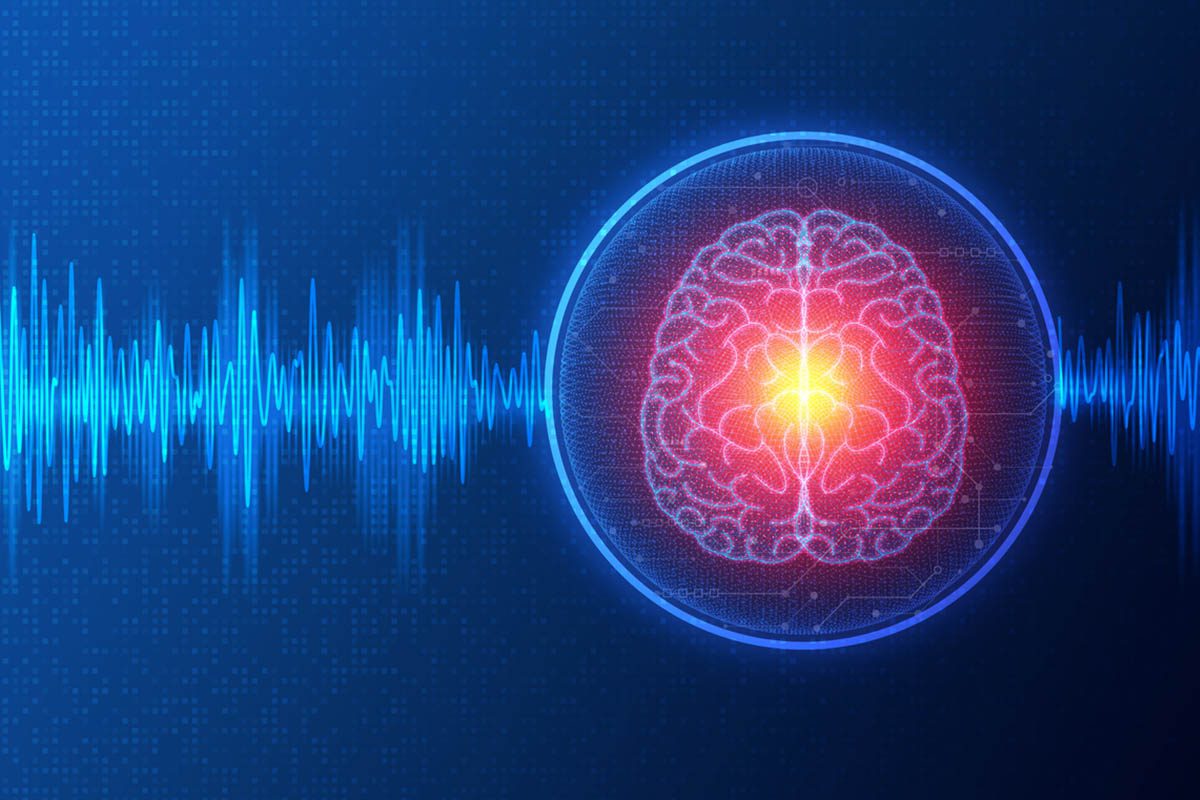Contemporary researchers in psychiatry have sought to develop a nosology based on empirical observation, in line with the principles spelled out by Drs Eli Robins and Samuel B. Guze in 1970. For more than 2 decades, psychiatrists using neuroimaging have aspired to provide one form of “laboratory study” that Robins and Guze said would have to be in place for a psychiatric diagnosis to be valid: researchers have sought “neural signatures” of psychiatric disorders. Our objective was to examine the feasibility of this endeavor. To this end, we examine whether current psychiatric nosology as defined in the Diagnostic and Statistical Manual of Mental Disorders (DSM) lends itself to the identification of neural signatures for psychiatric diagnoses.
Because neuroimaging largely is used only to detect average activation or structural differences between groups of individuals with the same diagnosis and groups of individuals with no diagnosis, it is unlikely that it will be possible to use neuroimaging technologies to determine which psychiatric diagnosis a given individual warrants. In addition, the heterogeneity of psychiatric disorder categories as defined in the DSM reveals that these diagnoses do not reflect neurologically discrete phenomena. Finally, neural correlates of psychopathology generally are not unique to specific diagnoses.
Although it is unrealistic to hope that neuroimaging will be used to make psychiatric diagnoses as they are currently conceived, neuroimaging is already being used to make headway in 2 other arenas of psychiatric investigation that we briefly review.
J Clin Psychiatry
Submitted: June 16, 2010; accepted August 11, 2010.
Online ahead of print: March 8, 2011 (doi:10.4088/JCP.10r06332gre).
Corresponding author: Seth J. Gillihan, PhD, Center for the Treatment and Study of Anxiety, University of Pennsylvania, 3535 Market St, 6th Floor, Philadelphia, PA 19104 ([email protected]).
Continue Reading...
Did you know members enjoy unlimited free PDF downloads as part of their subscription? Subscribe today for instant access to this article and our entire library in your preferred format. Alternatively, you can purchase the PDF of this article individually.
Members enjoy free PDF downloads on all articles.
Save
Cite
Already a member? Login
Advertisement
GAM ID: sidebar-top




